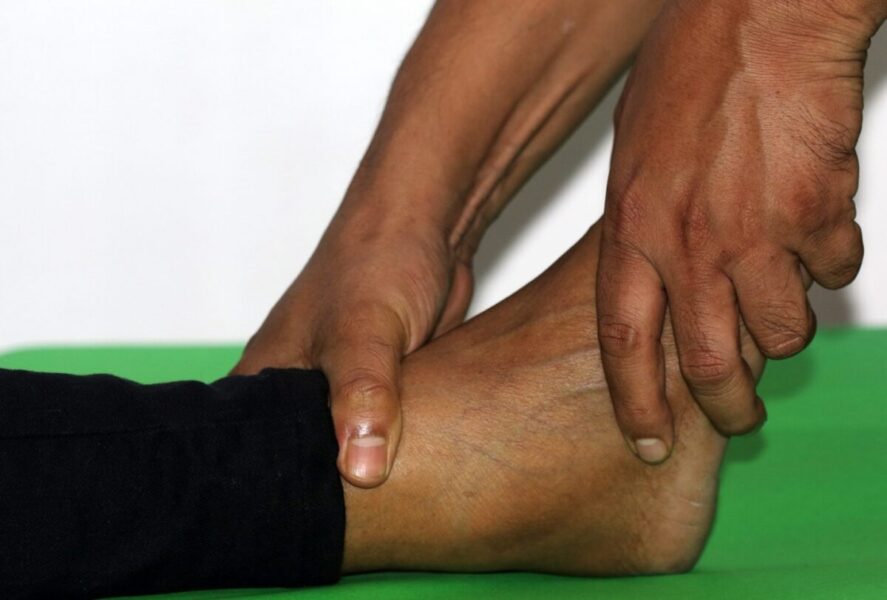How Tracking Blood Pressure at Home Helped Detect a Silent Threat
High blood pressure, often called the “silent killer,” can lurk undetected for years. Many people don’t realize the importance of regular monitoring until a routine check-up, or a health scare forces them to take notice. For one individual, tracking blood pressure at home became the key to uncovering a serious underlying condition before it was too late.
A Wake-Up Call
Sarah, a 45-year-old teacher and mother of two, had always considered herself healthy. She exercised regularly, maintained a balanced diet, and rarely visited the doctor. However, during a routine annual physical, her doctor noted that her blood pressure was slightly elevated at 135/88 mmHg.
“It’s nothing to worry about now,” her doctor reassured her. “But let’s keep an eye on it.” To avoid a potential office-induced spike in her readings, Sarah’s doctor recommended she begin tracking her blood pressure at home.
The Importance of At-Home Monitoring
Home blood pressure monitors have become widely accessible and easy to use. For Sarah, using a monitor gave her an opportunity to take readings in the comfort of her home, free from the stress of a medical setting. Her doctor advised her to measure her blood pressure twice a day – once in the morning and once in the evening – and record the results.
Within two weeks, Sarah noticed a troubling pattern: her blood pressure readings often spiked above 140/90 mmHg, particularly in the evening. These readings contradicted her belief that she was in perfect health. Concerned, she scheduled a follow-up appointment to discuss the results.
Unveiling the Silent Threat
After reviewing Sarah’s home monitoring logs, her doctor decided to run additional tests. These included a 24-hour ambulatory blood pressure monitoring study, blood work, and kidney function tests. The results where shocking Sarah was diagnosed with stage 1 hypertension and early signs of kidney damage.
Her doctor explained that high blood pressure can strain the kidneys over time, leading to progressive damage if left untreated. The good news was that they had caught it early, largely thanks to her proactive approach to monitoring.
Taking Action
Armed with this knowledge, Sarah made significant changes to her lifestyle. She reduced her sodium intake, increased her physical activity, and began practicing stress management techniques like yoga and meditation. Additionally, her doctor prescribed a low-dose antihypertensive medication to help stabilize her blood pressure.
Within three months, Sarah’s blood pressure readings improved significantly, averaging around 120/80 mmHg. Her kidney function tests also showed no further signs of deterioration, and her doctor emphasized the importance of continued at-home monitoring.
Why Home Monitoring Matters
Sarah’s story highlights because tracking blood pressure at home is crucial:
- Early Detection: Home monitoring can reveal patterns and abnormalities that might go unnoticed during occasional office visits.
- Consistency: Regular readings provide a more accurate picture of your blood pressure trends.
- Empowerment: Monitoring at home puts you in control of your health, allowing for timely action.
Tips for Accurate Home Monitoring
If you’re considering tracking your blood pressure at home, here are some tips to ensure accurate results:
- Choose a reliable monitor: Look for one that is validated by health organizations.
- Follow proper technique: Sit quietly for five minutes before measuring, keep your back supported, and avoid crossing your legs.
- Measure at the same time daily: Consistency is key to identifying trends.
- Record your readings: Use a notebook or an app to track results over time.
To learn more, check out this summary from Mayo Clinic Health System.
By incorporating home blood pressure monitoring into her routine, Sarah not only detected a silent threat but also took steps to protect her health. Her journey serves as a reminder that proactive self-care can make all the difference. For anyone unsure about their blood pressure status, a simple at-home monitor might just be the lifesaving tool you need.
Improve your daily routine by incorporating Coenzyme Q10 (CoQ10), a powerful compound known to potentially contribute to reducing blood pressure levels. Elevate your wellness journey with the Super Ubiquinol CoQ10 supplement from the Asher Longevity Institute, carefully formulated to provide you with the optimal benefits of CoQ10.




